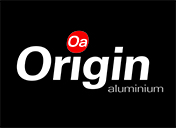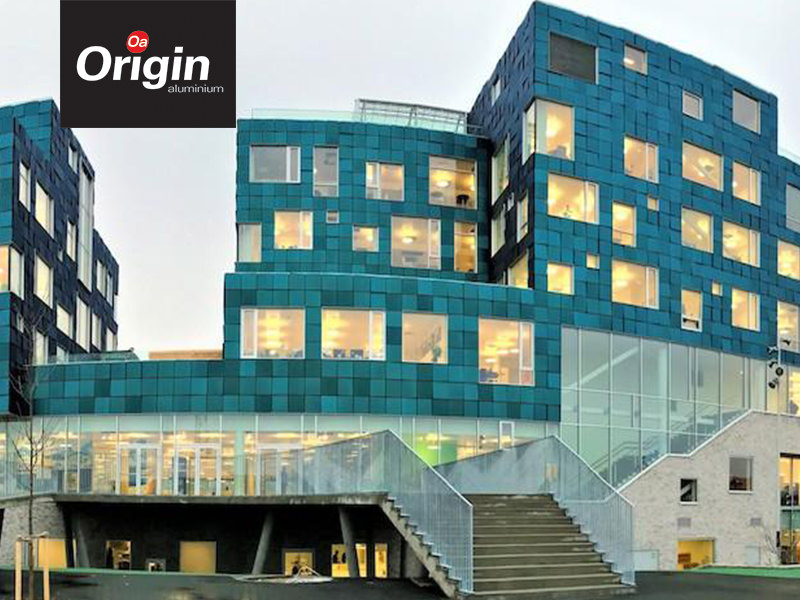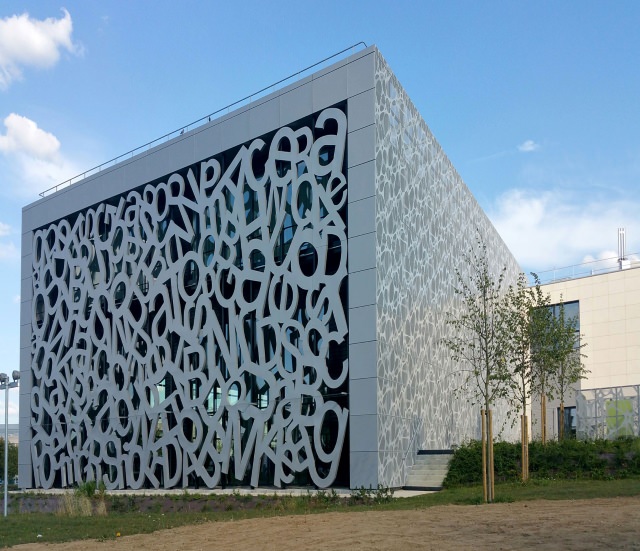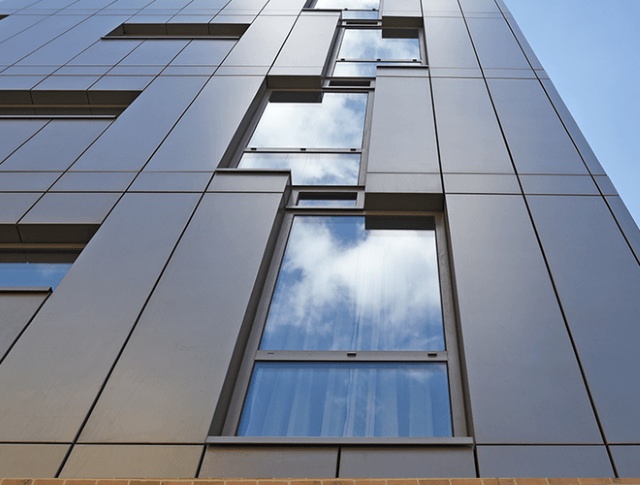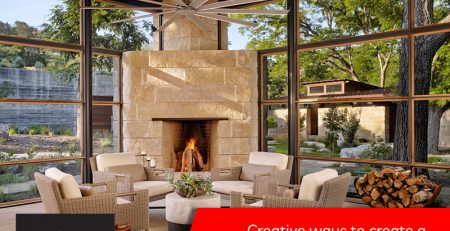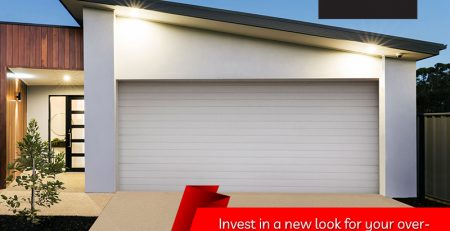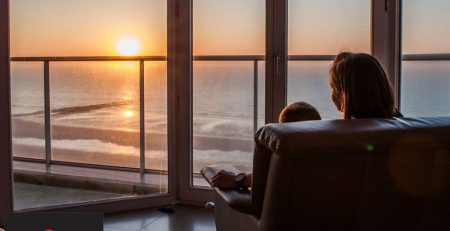Transform Your Building with a Modern Facade Design using Aluminium Cladding
Imagine your building envelope – the walls and roof – as more than just a shell. What if it could actively contribute to a building’s energy efficiency, beauty, and overall impact on the environment? That’s the power of modern building envelopes, and a key player in this exciting shift is aluminium cladding. According to a recent study, architects are increasingly designing envelopes that go beyond basic functionality.
Today, it’s about creating responsive exteriors that consider energy use, cost, and aesthetics. This is where aluminium cladding shines – its versatility and functionality make it a frontrunner in sustainable and innovative building design.
Let’s explore how aluminium cladding can transform your building project!
What is Aluminium Cladding?
Aluminium cladding is a modern exterior building material composed of thin, lightweight aluminium panels. These panels are attached to a building’s structure, creating a weatherproof and visually striking facade. Available in a wide range of colours, finishes, and textures, aluminium cladding offers unmatched design flexibility while providing superior durability and energy efficiency compared to traditional materials like brick or stucco.
Unveiling the Advantages of Aluminium Cladding
Aluminium cladding goes beyond mere aesthetics. It’s a lightweight, durable material that offers a multitude of benefits:
- Enhanced Aesthetics: Aluminium panels come in a vast array of colours, finishes (including natural, anodised, and powder-coated), and textures, allowing for unmatched design flexibility. Imagine incorporating sleek metallic finishes, wood grain textures, or even custom perforated designs to create a truly unique facade that reflects your brand identity.
- Superior Durability & Low Maintenance: Aluminium is naturally resistant to corrosion and requires minimal maintenance compared to traditional materials like brick or stucco. This translates to significant cost savings over the lifespan of the building.
- Energy Efficiency: Modern aluminium cladding systems can be engineered to improve a building’s thermal performance. This can be achieved through features like integrated insulation panels and reflective coatings, leading to reduced energy consumption and lower operational costs.
- Lightweight & Seismic Resilience: Aluminium’s lightweight nature reduces stress on the building’s structure. This is particularly advantageous in areas prone to earthquakes, where lighter facades contribute to improved seismic performance.
- Sustainable Choice: Aluminium is a highly recyclable material, making it an environmentally friendly option. Additionally, energy-efficient facades contribute to a building’s overall sustainability rating, a crucial factor for attracting environmentally conscious tenants.
Beyond the Basics: Innovative Applications of Aluminium Cladding
While aluminium cladding excels in traditional facade applications, it opens doors to innovative design possibilities:
- Curtain Wall Systems: Aluminium curtain wall systems offer expansive, uninterrupted views while maintaining excellent weatherproofing. Consider incorporating frit patterns or ceramic frit for added privacy and solar control.
- Rainscreen Cladding: This innovative system creates a ventilated cavity behind the cladding panels, improving moisture management and thermal performance. Explore incorporating rainscreen cladding with integrated greenery for a unique biophilic design element.
- Integrated Solar Panels: Aluminium cladding systems can be seamlessly integrated with photovoltaic panels, transforming your building into a self-sufficient energy source.
- Kinetic Facades: Imagine a facade that dynamically adjusts to sunlight or wind conditions. Aluminium’s lightweight nature makes it ideal for creating kinetic facades that enhance a building’s visual appeal while optimising energy efficiency.
Choosing the Right Aluminium Cladding for Your Project
With such a range of options available, selecting the right aluminium cladding for your project requires careful consideration of several factors:
- Project Goals: Identify your primary objectives. Is it purely aesthetic, focused on energy efficiency, or a combination of both?
- Building Design & Location: Consider the architectural style of the building and the surrounding environment.
- Local Building Codes & Regulations: Ensure your chosen cladding system adheres to all relevant building codes and fire safety regulations.
Unlock the Transformative Potential of Aluminium Cladding
Aluminium cladding is more than just a material; it’s a powerful design tool that elevates aesthetics, functionality, and sustainability. By leveraging the versatility and innovative applications of aluminium cladding, you can transform your building into a landmark that stands out, inspires, and endures.
Featured Image Credit: Copenhagen International School (Denmark)
